The History of Patents
Patents play a crucial role in fostering innovation. They provide creatives with a means of protecting their intellectual properties and help discourage abuse and theft of ideas. These can be designs, ideas, or innovations. Learn about the history of patents and the current system used to protect inventors’ ideas.

Source: Pexels
The Origins of Patents
People have always wanted to protect their ideas and inventions as a part of their intellectual property. Filippo Brunelleschi received the very first patent in Florence, Italy, in 1421. He invented a barge with a hosting gear to transport marble. The patent gave him the exclusive right to use it and prevented others from stealing the design.

Image Source: Pexels
The Evolution of Patent Laws in Europe
England adopted a similar concept to patent laws in 1449, about 28 years after Brunelleschi received protection for his invention. Specifically, the Tudors started granting letters patent, which were open and available for the public to see.
Letters patent documents provided the recipient with the legal right to monopolize their invention for a defined period. A little over 150 years later, however, the concept of monopolies became hotly contested in English society. Rulers confirmed that monopolies were contrary to common law provisions.
But in the 1623 Statute of Monopolies, patentable inventions were identified as an exception to the rule against monopolies. The Crown allowed letters patent to be granted for a limited period of 14 years.
Key Patent Developments During the Industrial Revolution
The next major development in the history of patents came during the Industrial Revolution. Patents played a crucial role in encouraging innovation and protecting the inventions that drove industrial growth. Machines like the steam engine and the spinning jenny were patented during this period.
One of the most famous patents was granted to James Watt for his improvements to the steam engine in 1769. Watt’s patent allowed him to control the production and use of steam engines in Britain. He used it to increase his wealth and improve his designs.

Image Source : Pexels
The Birth of the Modern Patent System
The modern patent system began to take shape in the late 18th century. The United States established an independent patent system with the passage of the Patent Act of 1790. Lawmakers used the law to allow inventors to obtain patents for new and useful innovations.
The U.S. patent system differs in that it requires inventors to include detailed descriptions of their inventions. Known as patent specifications, these descriptions must be clear enough that someone skilled in the field could reproduce the invention. Patent specifications are meant to protect inventors’ rights and promote knowledge sharing.
The U.S. patent system quickly became one of the most influential in the world. Many countries have adopted similar laws and principles.
Key Milestones in U.S. Patent History
Following the 1790 Patent Act, the U.S. government established the Patent Office in 1802. The U.S. Patent Office handles patent classification, enforcement, and other kinds of oversight.
The Patent Act of 1836 built upon its predecessor and established a new numbering system. A few days later, Senator John Ruggles received U.S. patent no. 1. Lawmakers continued to refine patent law over the next several decades. In 1887, the United States joined the Paris Convention, an international treaty that promotes global patent rights.
The 20th century saw further developments in U.S. patent law that added to the history of patents. The Patent Act of 1952 removed redundancies and codified all U.S. patent laws as part of Title 35 of the United States Code. Officials created the Court of Appeals for the Federal Circuit in 1982 to handle patent appeals.
Today, the U.S. Patent Office works hand-in-hand with global organizations to protect the rights of inventors on an international scale.
International Patent Cooperation and Treaties
The Paris Convention of 1883 was one of the most notable treaties in the history of patents. Nearly 100 years later, several nations signed the Patent Cooperation Treaty of 1970. The agreement established a unified process for filing patent applications and protecting inventions. Member nations vowed to recognize patents filed in participating countries.
Today, international cooperation continues to play a vital role in the patent system. The World Intellectual Property Organization (WIPO) facilitates the global exchange of patent information and resources. WIPO and member nations work together to protect inventors’ rights and promote innovation.
Famous Patents and How They Shaped the World

Image Source: Pexels
While some patents never even make it to the assembly line, others have had profound impacts on society. Here are some examples of patents that reshaped modern life:
- Thomas Edison and the Lightbulb (1879): Changed the way we light our homes and buildings
- Wright Brothers and the Airplane(1906): Ultimately led to global air travel
- Alexander Bell and the Telegraph (1876): Streamlined communication as we know it
These are just a few of the thousands in the history of patents that have helped inventors monetize their ideas and revolutionize society.
Challenges and Controversies in Patent History

Image Source: Pexels
Several controversies have arisen throughout the history of patents surrounding the scope of protection that patents provide. There’s also been plenty of debate around what can be patented.
For example, the 1980 U.S. Supreme Court case Diamond v. Chakrabarty addressed whether genetically modified organisms could be patented. Ultimately, the court ruled in Chakrabarty’s favor, affirming that they did indeed have the right to patent a human-made microorganism.
One of the most important cases regarding what can be patented was LabCorp of America v. Metabolite Inc. (2006). The Supreme Court ended up dismissing the case and sustaining the lower court’s decision. This ruling protected Metabolite’s patent of a diagnostic test.
The plaintiff argued that Metabolite’s patent covered a principle of nature and should not have been issued at all. In such a case, the Supreme Court could have heard the case and overturned Metabolite’s patent, negatively impacting drug patents. Such a decision might also have limited biotechnology companies’ ability to protect their discoveries.
How the Digital Age Has Changed Patents
The global digital transformation has changed everything, including the patentability of ideas and inventions. Biotechnology, software, and artificial intelligence are fields that may test the limits of patent laws and lead to further refinements.
Today, patents protect both physical inventions and intellectual property. The shift has led to debates about the scope of patent protection and the role patents play in modern economies.
Learn about Securing Patent Rights.
Stay ahead of competition. Learn all about securing patent rights for your innovation.
What’s Next in the World of Patents?
Patent law — and more importantly, governing entities like WIPO — need to adapt to keep pace with new technologies. Nations must collaborate to protect innovative individuals’ ideas and work while also promoting information-sharing and the advancement of all humankind.
Conclusion
The history of patent laws have evolved the course of time. From Filippo Brunelleschi’s first patent in 1421 to the global cooperation seen today, patents have played a crucial role in shaping industries. The fundamental mission of protecting innovation and promoting progress will remain at the core of patent laws globally. Areas such as biotechnology and artificial intelligence are prone to new challenges. However, inventors will continue to rely on patents as a critical tool to safeguard their ideas and ensure they can benefit from their creativity.
Frequently Asked Questions
1. What is a Patent?
A patent is a legal document that grants an inventor exclusive rights to make, use, and sell an invention for a specified period. In exchange, the inventor must publicly disclose the details of the invention, allowing others to learn from it.
Patents are granted for new, useful, and non-obvious inventions or processes. This can include machinery, chemical compositions, software, and even biotechnology innovations. However, laws vary by country, and some things, like natural phenomena or abstract ideas, may not be patentable.
2. How Long Can a Patent Last?
The duration of a patent varies by country. In the United States, most patents last 20 years from the filing date. After the patent expires, the invention enters the public domain, and anyone can use it without restrictions.
Once a patent expires, the invention enters the public domain. This means that anyone can use, make, or sell it without needing permission from the original inventor. In some cases, such as with pharmaceuticals, patents can be extended to compensate for delays like regulatory approvals.
3. What happens if someone infringes on my patent?
If someone infringes on your patent, you can file a lawsuit to enforce your rights. Patent infringement occurs when someone makes, uses, or sells your patented invention without authorization.
Upon proving infringement, the court may grant an injunction to stop the infringer and award damages for any financial losses. This can include lost profits or a reasonable royalty. In some cases, enhanced damages may be awarded for willful infringement.
Legal Services to Protect Your Innovations
Navigating Legal Consulting for Patents is now made easier. Learn from Professionals at Blue Ocean Global Technology.

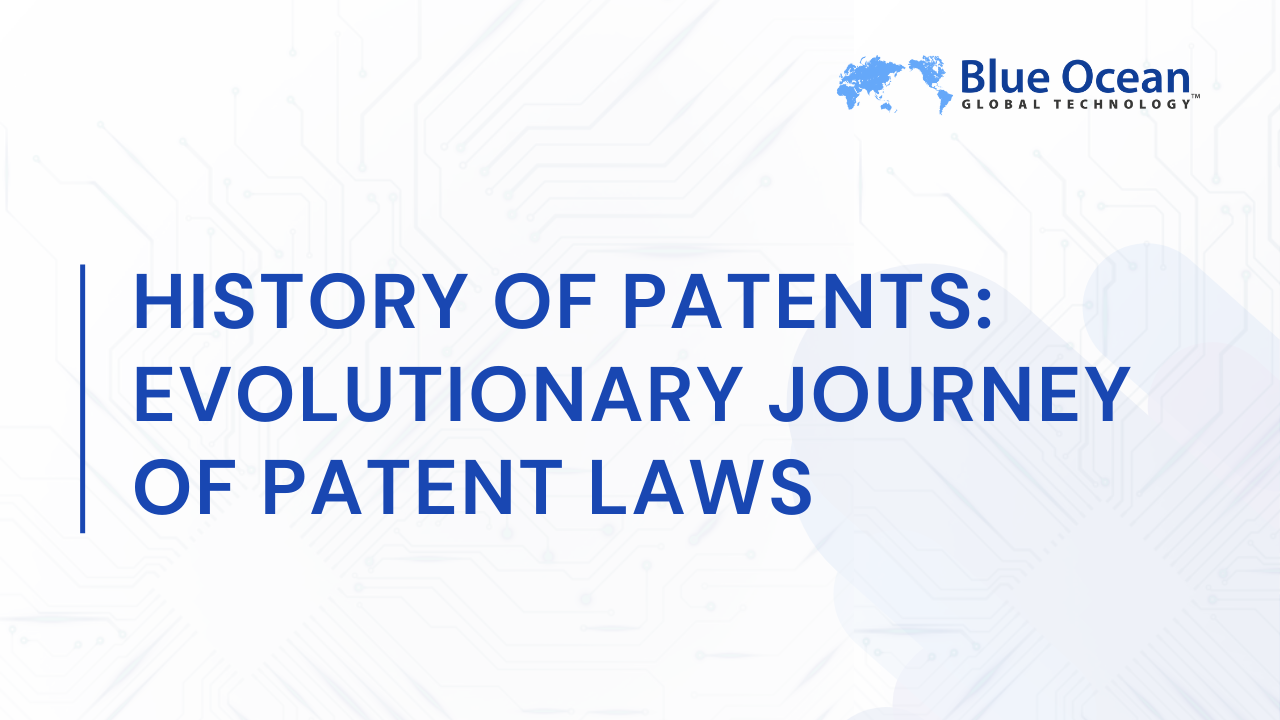
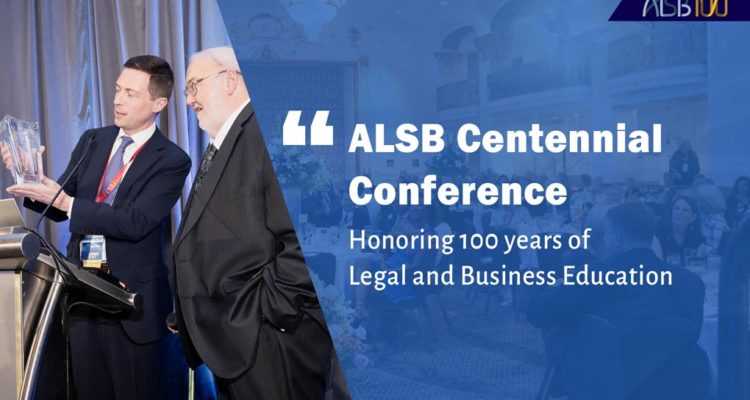
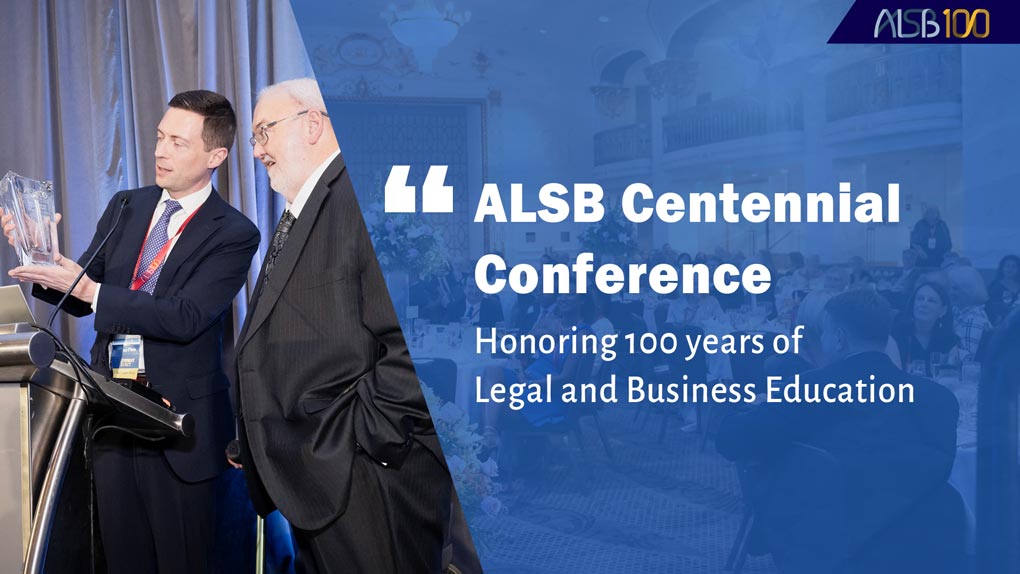
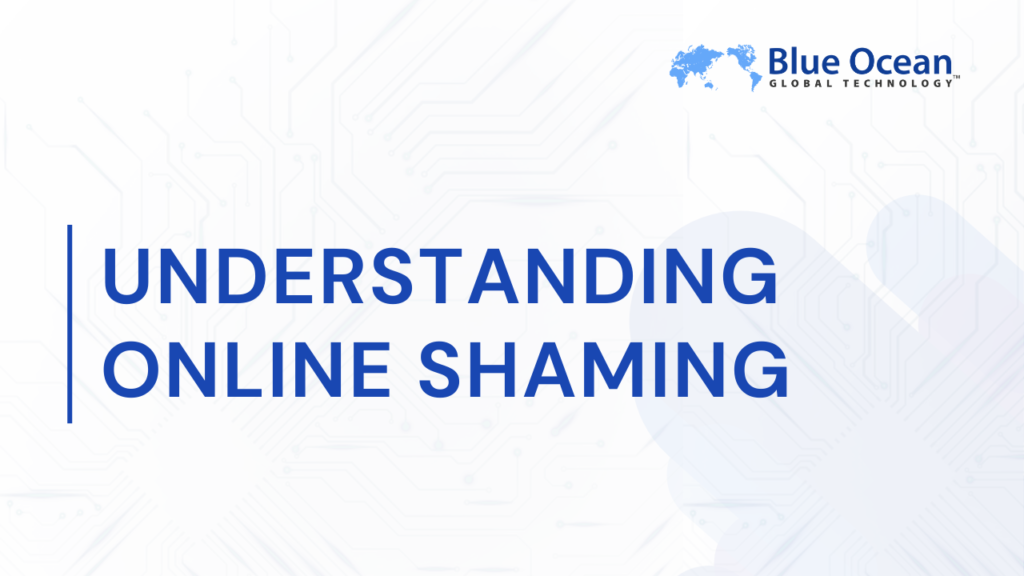
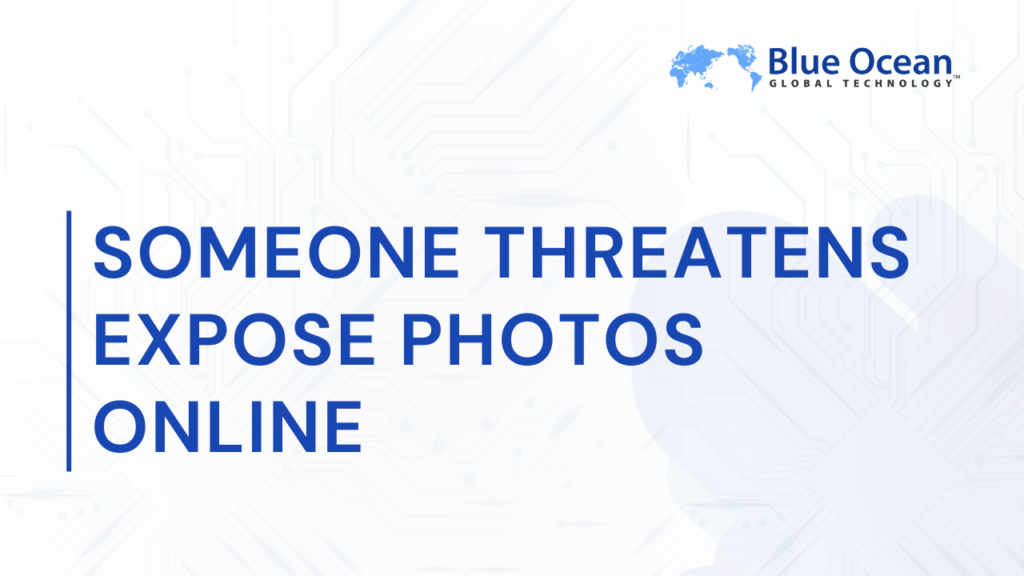


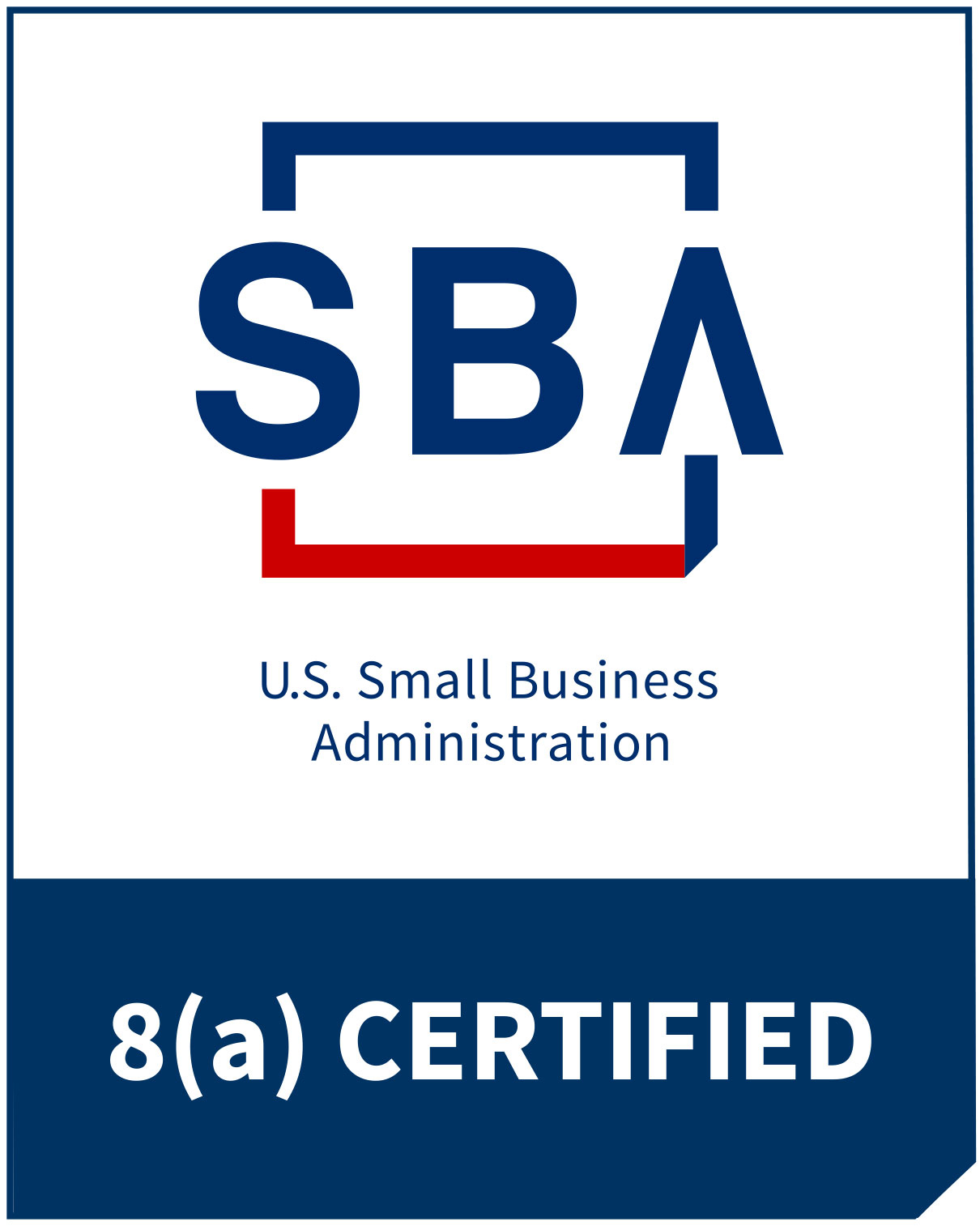

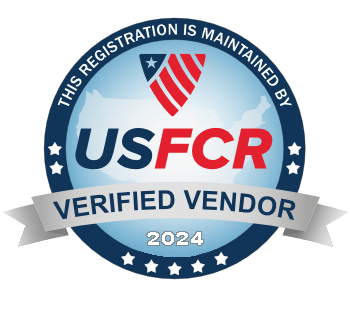


Comments are closed.